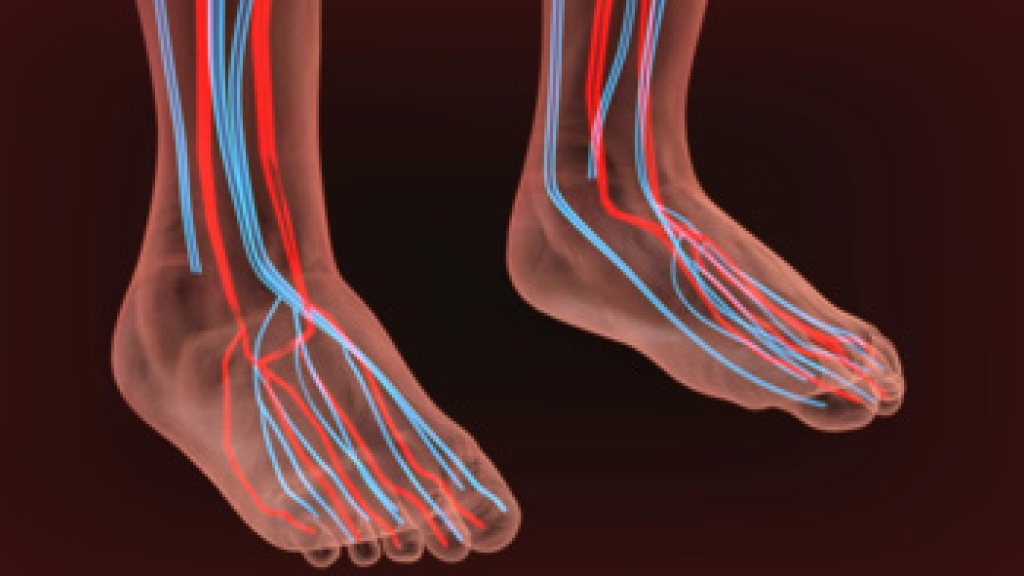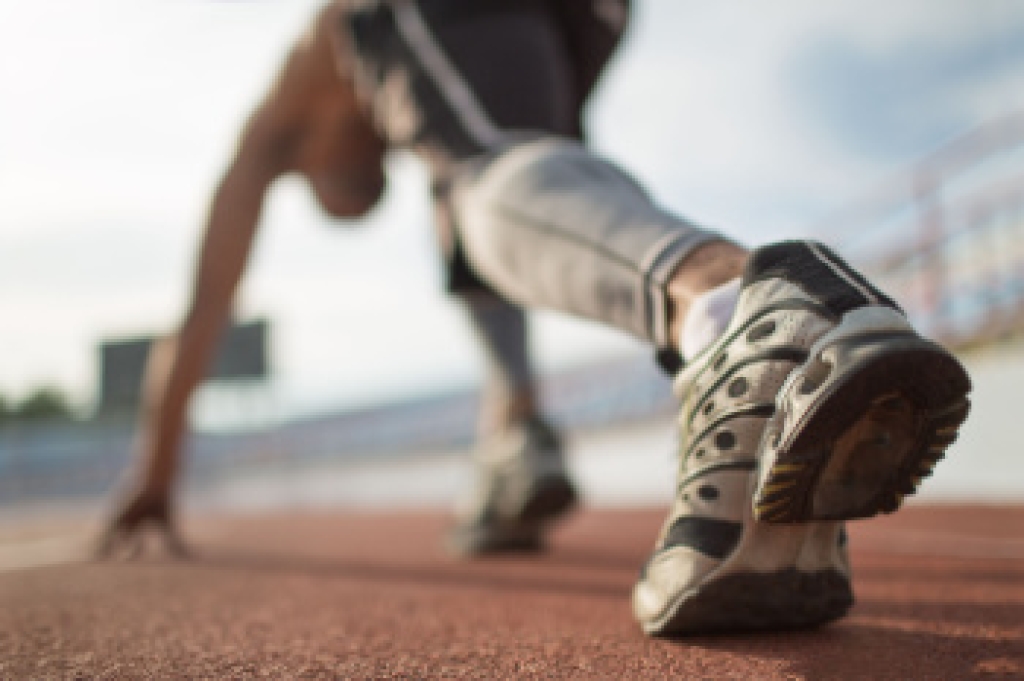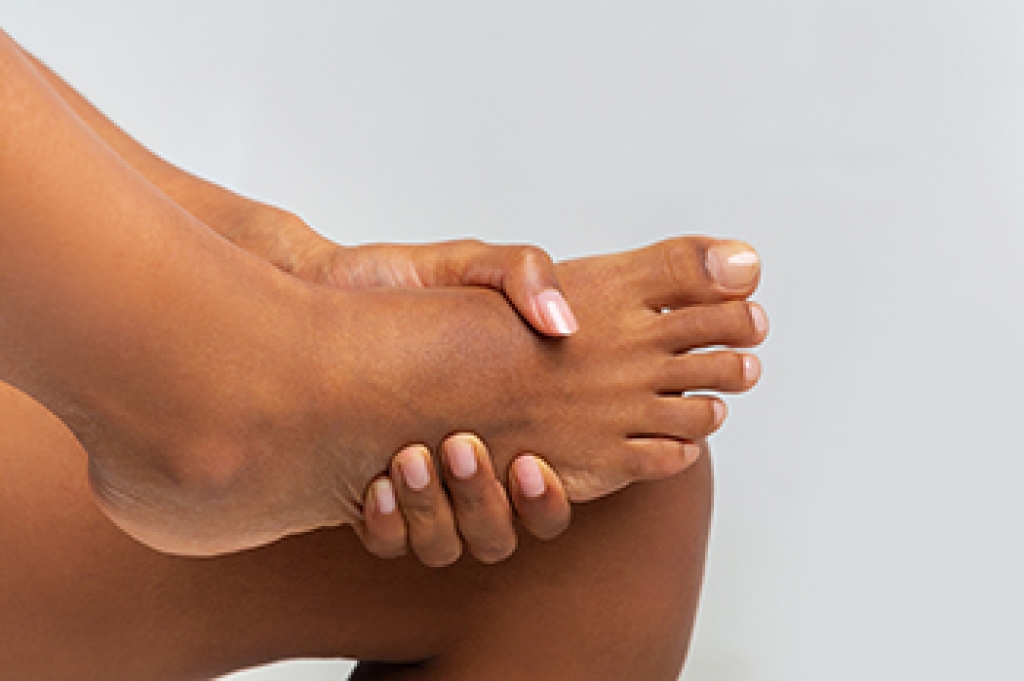
Poor foot circulation can arise from several factors that reduce the flow of blood to the extremities. An inactive lifestyle, obesity, and smoking are common contributors, while underlying conditions such as diabetes and vascular disease further impair circulation. Symptoms often include cold, numb, or tingling feet, along with pain and changes in skin color. If untreated, poor circulation may lead to serious complications, such as non healing wounds, infections, or even tissue loss. Reduced blood flow hinders the body's ability to repair itself and can diminish overall mobility and quality of life. Maintaining a healthy lifestyle with regular exercise and a balanced diet can improve circulation and prevent these harmful outcomes. If you have symptoms of poor foot circulation, it is suggested that you schedule regular checkups with a chiropodist who can help you to monitor this condition.
When blood flow to a specific part of the body is reduced, you may experience symptoms of poor circulation. Poor circulation is most common in your extremities, like your legs and feet. Please consult with one of the chiropodists from The Footcare Centre. Our chiropodists will assess your condition and provide you with quality foot and ankle treatment.
Causes
Poor circulation isn’t a condition in itself. Instead, it results from other health issues. Therefore, it’s important to treat the underlying causes:
- Peripheral artery disease (PAD)
- Diabetes
- Blood clots
- Varicose veins
- Obesity
- Raynaud’s disease
Symptoms
Symptoms of poor circulation may include:
- Numbness
- Tingling
- Throbbing or stinging pain in limbs
- Pain
- Muscle Cramps
Diagnosis
A chiropodist will perform a physical exam to detect pain and swelling, as well as an antibodies blood test to detect inflammatory conditions, such as Raynaud’s disease. It’s important to disclose any known family history of poor circulation and any related diseases. A blood sugar test, blood pressure test, ultrasound, or CT scan may also be performed.
Treatment
Treatments for poor circulation depend on what is causing it. Compression socks may be used to reduce pain and swelling. An exercise program may be recommended to improve circulation. Various medications may be prescribed to manage underlying conditions that may contribute to poor circulation.
If you have any questions please feel free to contact our office located in Niagara Falls, ON .




